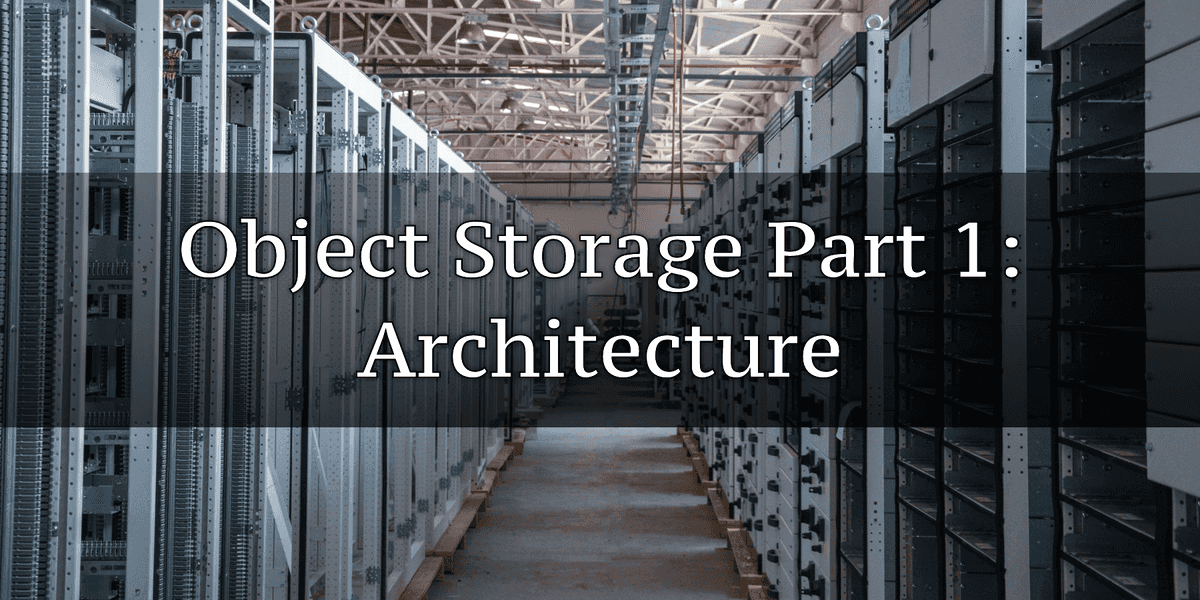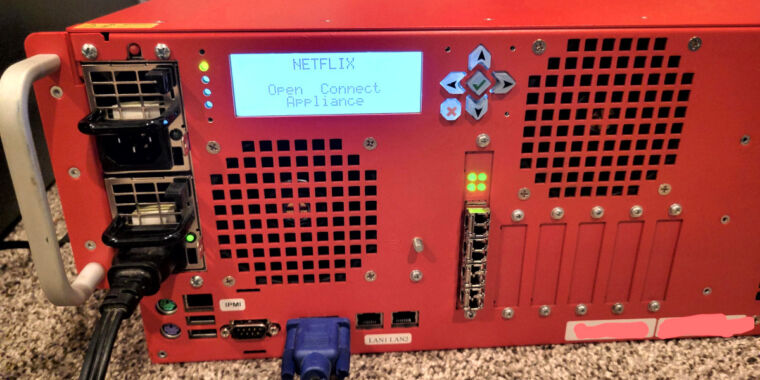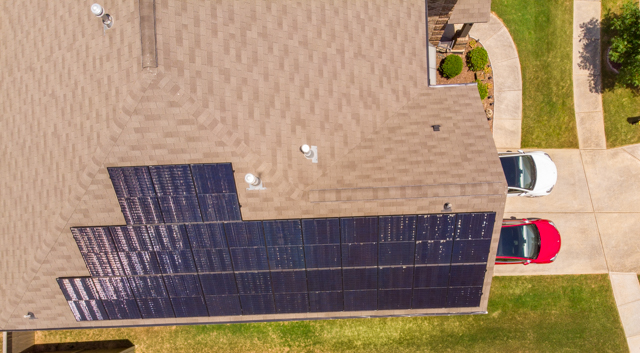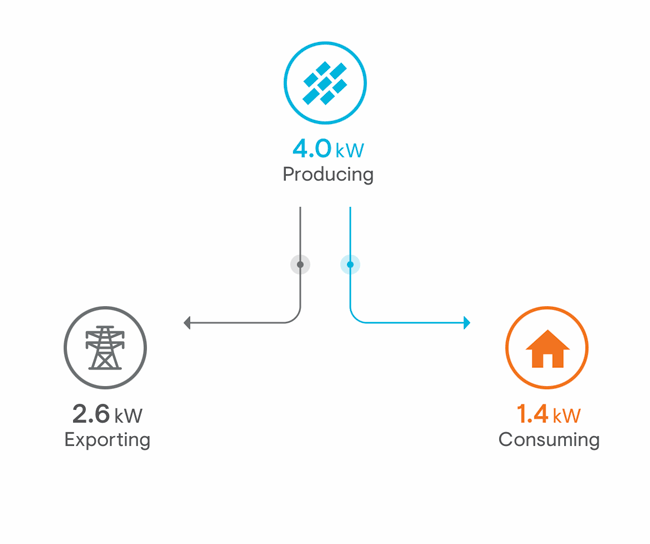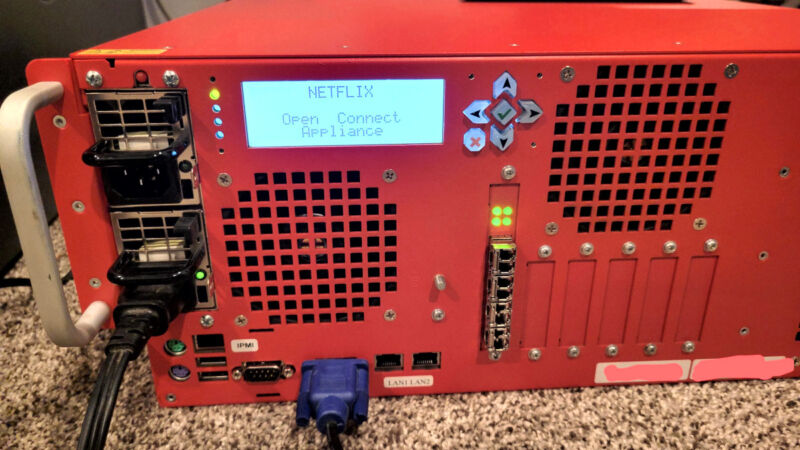
A Reddit consumer named PoisonWaffe3 recently acquired a 2013-period Netflix cache server that had been pulled from company and wiped for disposal, which marks a exceptional situation the community has been ready to get a search at the mysterious components, Vice reviews.
The decommissioned cache server—called an “Open up Link Equipment” (or OCA)—operated as component of Netflix’s Open up Hook up material delivery network. Open up Hook up is a community of servers all-around the entire world embedded with area ISPs that consist of local copies of Netflix movie information, accelerating the delivery of that content material to Netflix viewers by putting it as near to the viewers as achievable (equally geographically and from a standpoint of network hops).
Netflix provides loads of high-degree documentation about Open Link on its website, but what is not commonly recognised is what particular elements make the Open Join servers tick—especially a person that is almost a ten years previous. Immediately after removing three screws, PoisonWaffle3 took a seem inside of their device and found out a “pretty common” SuperMicro motherboard, an Intel Xeon CPU (E5 2650L v2), 64GB of DDR3 RAM, 36 7.2TB Western Digital tough disks (7,200 RPM), 6 500GB Micron SSDs, a pair of 750-watt ability provides, and 1 quad-port 10-gigabit Ethernet NIC card. In complete, the server incorporates “262TB of uncooked storage,” according to PoisonWaffle3.
PoisonWaffle3 acquired the vivid purple Netflix cache

